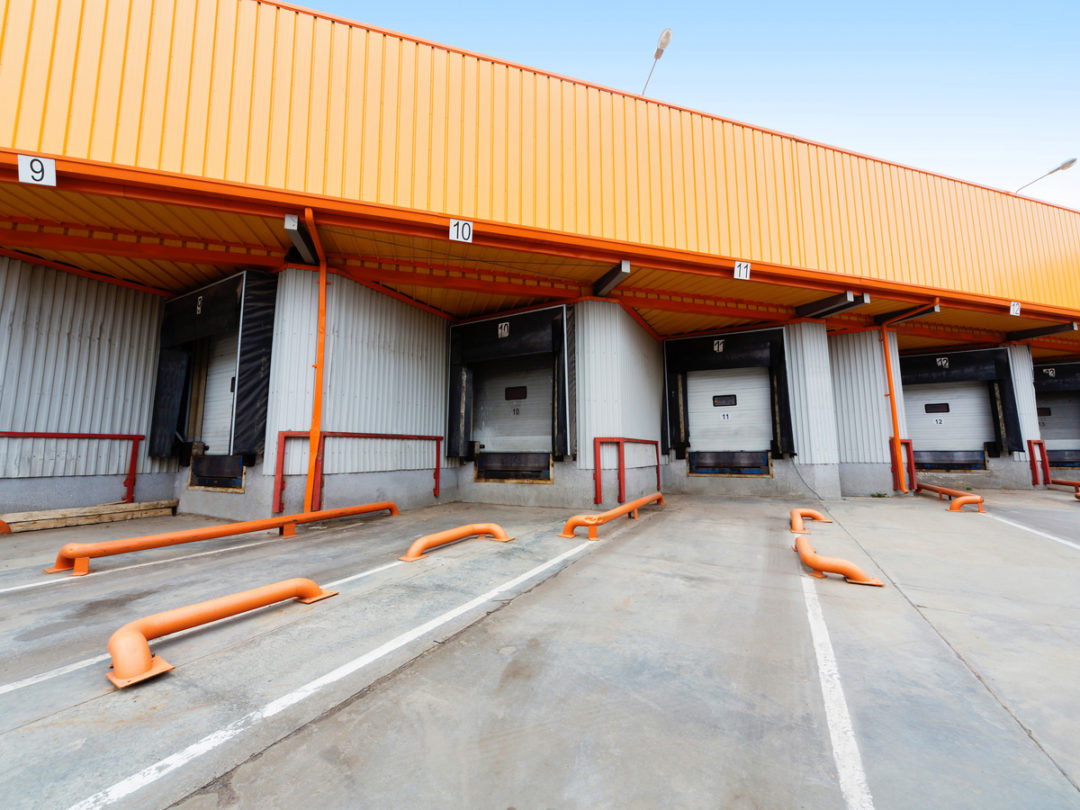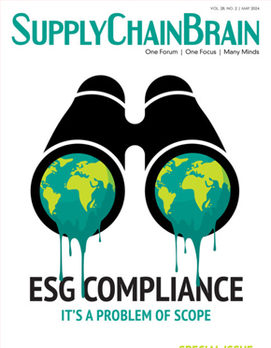
The supply chain has undergone considerable shock over the last year. In addition to the explosion of e-commerce, suppliers and distributors have juggled new health protocols, the emergence of new technologies designed for a pandemic-plagued world, and unprecedented fluctuation in product demand and delivery.
Much like the rest of the world, we weren’t ready for any of this. But in the midst of so much turmoil and tragedy, the pandemic has forced companies to think more proactively, plan more strategically, and pursue real, structural change — not a patchwork of fixes, but a true investment in long-term, sustainable solutions.
As we come together to build a more resilient and deft supply chain for the future, we must rethink space, process and workforce development. All of those factors converge in the inland port.
The inland port is a forward-thinking model for storage and transportation of goods, serving as the next stop after the marine port, and providing multi-modal connectivity for distributors.
For industry leaders and stakeholders considering an investment in inland port development, following are a few keys to success.
Prioritize location and accessibility. Not surprisingly, location rules the day in supply-chain and logistics center development. For an inland port, there are several critical factors to consider.
We’re operating in a speed-to-market environment, where getting the product to the consumer “yesterday” is often the directive. The goal is to get products in and out through a variety of transportation channels as quickly and efficiently as possible. Therefore, being located near the main arteries of any region is key.
This includes multimodal connectivity and access to marine ports, rail systems, highway infrastructure, and a thriving B2B and consumer market. However, sites that offer this level of optionality are few and far between, which means supply-chain leaders and developers need to be resourceful.
Revitalize existing space. One of the main challenges that inland port development faces is land availability within constrained urban centers. As product volume climbs, demand for space continues to grow.
As a result of the factors mentioned above, combined with rising land costs, more companies may look to reinvest in old, underutilized industrial sites. These typically boast extensive infrastructure, transportation access and proximity to labor.
Looking ahead, reinvestment in brownfield sites, old mills and manufacturing plants will be critical to inland port development and future supply-chain operations. These sites often have in-place infrastructure and are strategically located within populated metropolitan areas. Consideration of other non-traditional vacant sites, such as regional malls or vacant office parks, are also well suited for this type of adaptive reuse.
Commit to sustainability. One downfall of having a site previously in industrial use is that it will more than likely carry the stigma of environmental complications. There is an opportunity to turn this paradigm around. The re-use of former industrial sites supports sustainable development, and helps companies achieve their corporate sustainability goals. Consumers are very aware of corporate social responsibility (CSR), particularly as it relates to the supply chain and how it impacts their daily living. As we look ahead to inland port growth, it will become critical to implement energy standards and offer users guidance on how they can outfit their space in an energy-efficient and cost-effective way.
A prime inland port facility will also boast a strong digital infrastructure. Close partnerships with internet and communications providers that users can benefit from isn’t just a value-add, it’s essential, particularly as users seek to modify technology and device use, as well as integrate tracking capabilities.
Think about the target user. With increasing pressure on global supply chains, the rise of e-commerce, and growth of direct-to-consumer methods, companies aren’t just looking for a storage facility. They want an adaptable environment that maximizes supply-chain optionality and growth, a strong technical infrastructure, and a strategic partner to work through challenges and share innovative solutions.
Taking it a step further, the inland port should serve as a connector, not just from one destination to another, but between users who may be in a unique situation to collaborate. For example, there might be a user who outsources its packaging to a company thousands of miles away and could benefit from the packaging capabilities of another user, eliminating another stop in the supply chain. Don’t underestimate the value of cultivating diversity among customers. Inland ports can serve as a perfect proving ground to spark innovation among suppliers, shippers and users, furthering the evolution of an efficient, well-run supply chain.
For any inland port, a supportive business environment is critical to developing infrastructure and attracting users. Spend time cultivating these relationships, and wherever possible, offer policy solutions that foster stable and predictable business environments.
If the past year has taught us anything, it’s that we can’t be complacent. We must evaluate. We must evolve. We must commit to real, systemic change in economic development and infrastructure. Then, we won’t just build a more resilient trade pipeline; we’ll create new jobs and sustain the heart of American industry.
Marc Salotti is managing director at Tradepoint Atlantic.



.jpg?height=100&t=1715228265&width=150)
.jpg?height=100&t=1715141311&width=150)


